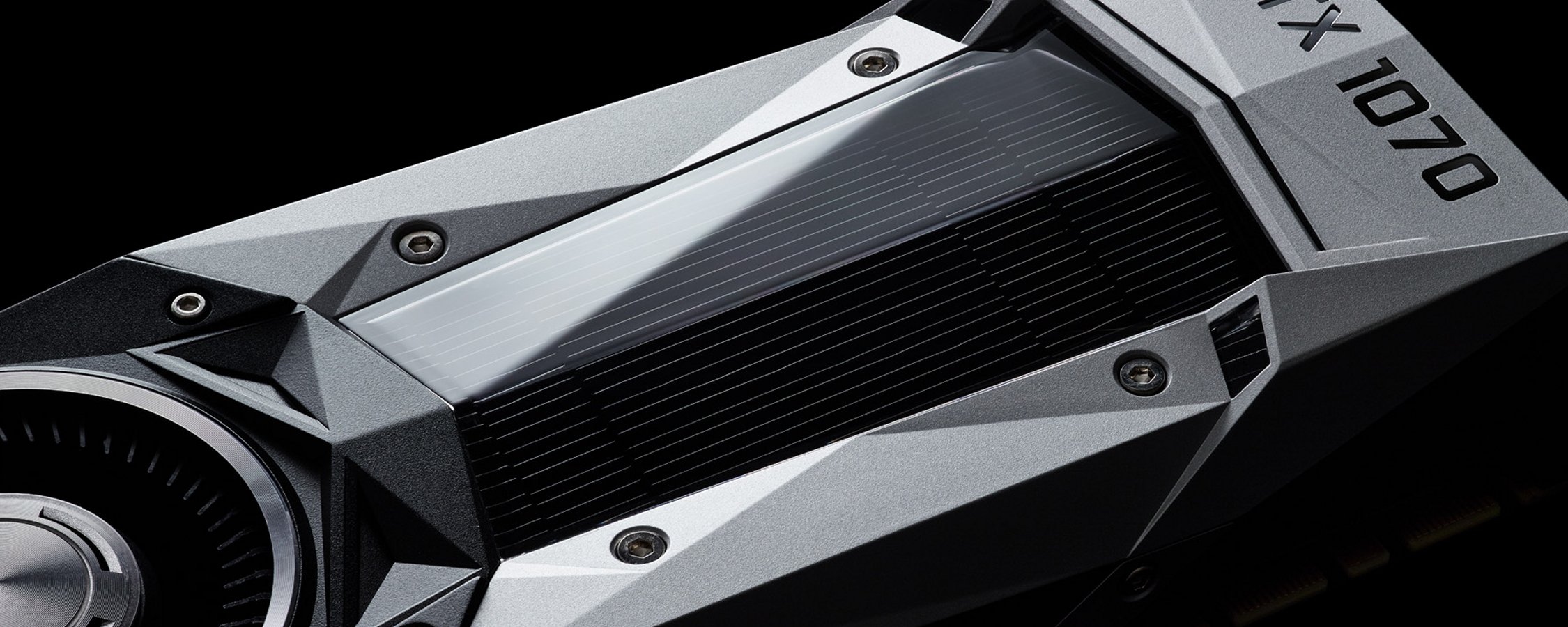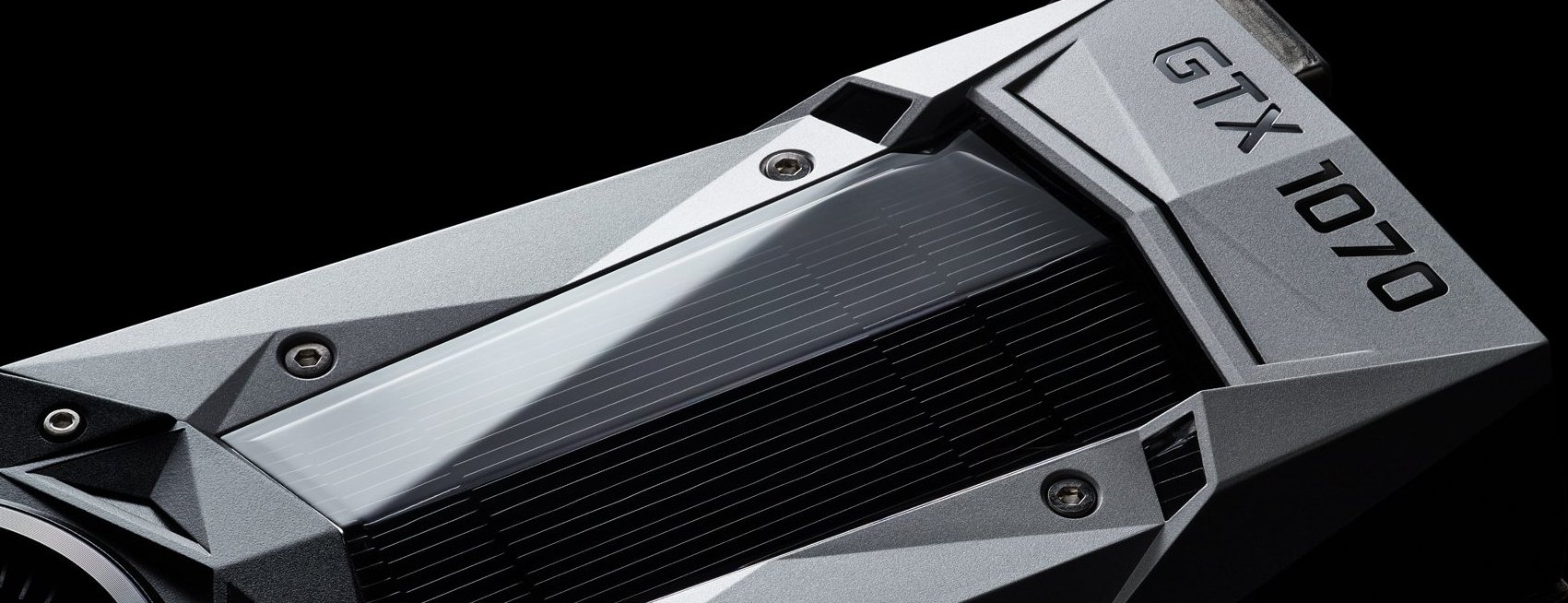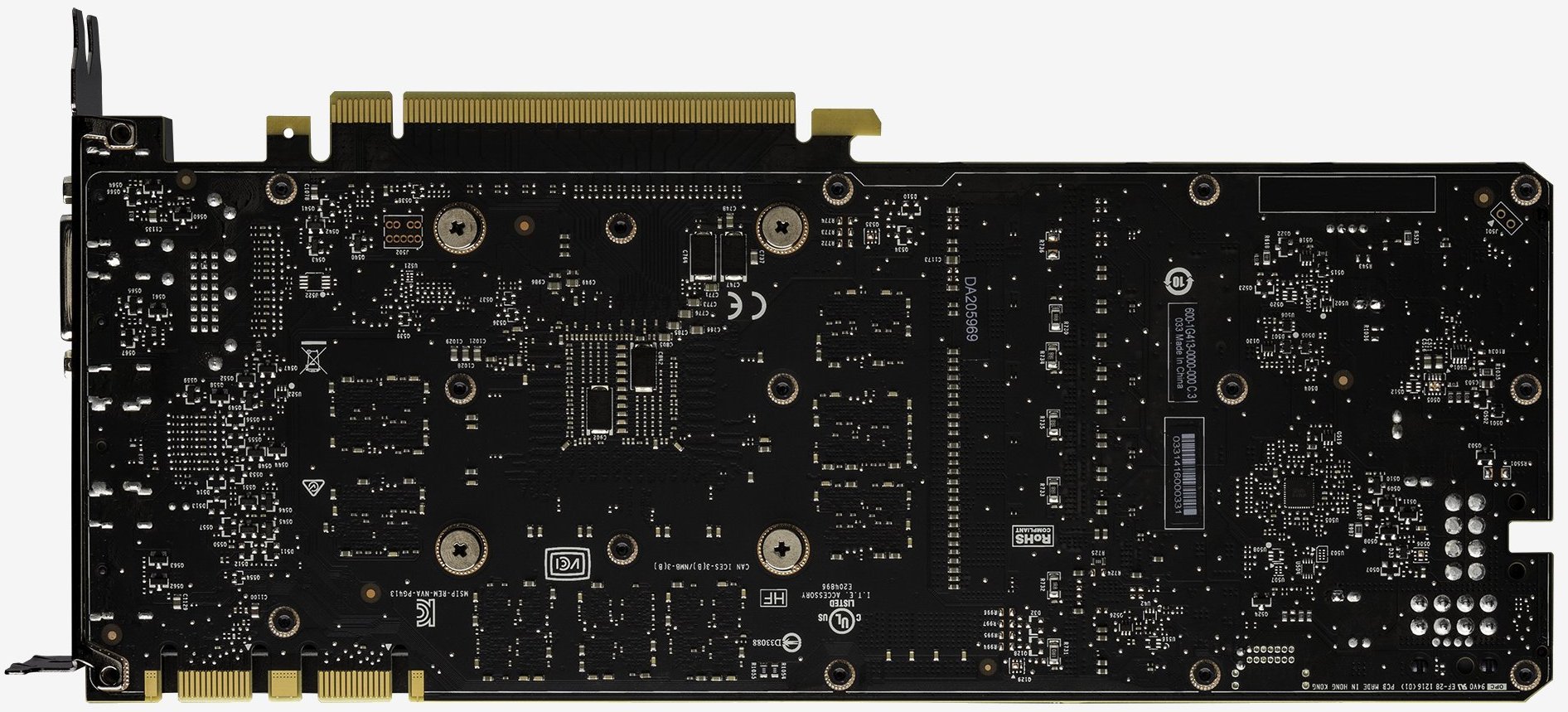We got our first taste of Nvidia's upcoming GeForce 10 series only two short weeks ago as we were finally able to reveal the GTX 1080's benchmarks. Positioned as a replacement for the GTX 980, the 1080 is quite an upgrade, offering around 60% more performance without the compromise of increased power consumption.
The improved energy efficiency is what impressed us the most - the 1080 delivered a performance per watt ratio previously unseen. We expected to see greater efficiency with the 16nm FinFET process of course, but even so we didn't think it would deliver such huge improvements in that department, especially with such a massive performance increase.
Pair that with a $600 MSRP for board partner cards, and you have the new king of the hill.
For now, the GTX 1080 goes unchallenged as both the best performing and best value high-end GPU, though at the price it obviously isn't for everyone. As attractive as the $600 GTX 1080 is, many enthusiasts are undoubtedly holding out for the much more affordable GTX 1070. Partner cards will start at $380, while the arguably less desirable Founders Edition card will retail for $450.
That presently puts the GTX 1070's introductory price at $50 more than its Maxwell-based predecessor. As a natural upgrade for GTX 970 owners, this premium will probably concern many of you, so we plan to determine if it hurts the card's appeal.
At 37% cheaper than the 1080, there are two major differences between the 1080 and the 1070, the most notable of which has been made to its core configuration. An entire graphics processing cluster has been disabled, reducing the streaming multiprocessor count to 15 - and thus the CUDA core count is 1920, 25% less than the GTX 1080's.
The memory bus has also been changed, downgraded from 10 Gbps GDDR5X to 8 Gbps standard GDDR5. The rest of the memory subsystem, however, remains the same. Nonetheless, the decrease in frequency and use of older GDDR5 chips means the memory bandwidth has been decreased by 20%.
With a 25% reduction in CUDA cores and 20% less memory bandwidth, it'll be interesting to see exactly how much slower the GTX 1070 is than the 1080. We are also intrigued to see how it compares to previous generation GPUs, especially the GTX 980 Ti and GTX 970. Before we do that, though, let's take a peek under the GTX 1070's hood...
GeForce GTX 1070 in Detail
The GeForce GTX 1070, codenamed GP104-200, features the same physical design as its big brother, the 1080. This means that the GPU measures the same 314mm², or roughly half that of the Titan X and 980 Ti. There are still 7.2 billion transistors crammed inside, just 10% fewer than the most complex Maxwell GPUs.
Nvidia has been able to squeeze so much into this small space thanks to the use of the 16nm FinFET process. The company can now create more complex GPUs with greater core counts, though that isn't quite what they've done here with the GTX 1070.
As with CPUs, the core count is one of the key factors in determining a GPU's performance. The GTX 680 had 1536 cores, or CUDA cores, as Nvidia calls them. The original Titan featured 2688 CUDA cores, while the Titan X had a whopping 3072.
Nvidia tells us that the GTX 1070 can match the performance of the Titan X, so you might expect a similar or larger core count. To everyone's surprise, at the heart of the GTX 1070 are just 1920 CUDA cores, 38% less than the Titan X and just 15% more than the 970. The conclusion, then, is that the Pascal GPUs are not only more efficient, but can also operate at considerably higher frequencies thanks to the new process.
Compared to the 970, for instance, the GTX 1070 runs its cores up to 43% faster with a base clock speed of 1506 MHz and boost as high as 1683 MHz.
Like the GTX 1080, the GTX 1070 only requires a single 8-pin PCI Express power connector with a TDP rating of just 150 watts, 17% less than the 1080 and only 3% higher than the super-efficient GTX 970.
The memory system has 8 GB of standard GDDR5 connected through the same 256-bit bus as the 1080. The raw memory frequency is 2000 MHz, resulting in an 8Gbps transfer speed for a memory bandwidth of 256 GB/s. This is still very fast, as the GTX 980 features a similar memory subsystem albeit with a slightly lower memory clock, resulting in 13% less bandwidth.
Giving us our first look at the GTX 1070 is the Nvidia's Founders Edition graphics card. Frankly, we wish this was still just called a reference card rather than trying to sell itself as something more than that. Additionally, at $450 the 1070 Founders Edition is far less impressive than the eventual $380 that board partner cards will sell for.
Design-wise, the Founders Edition GTX 1070 is identical to the 1080, which we reviewed here, so we won't cover that information again.






